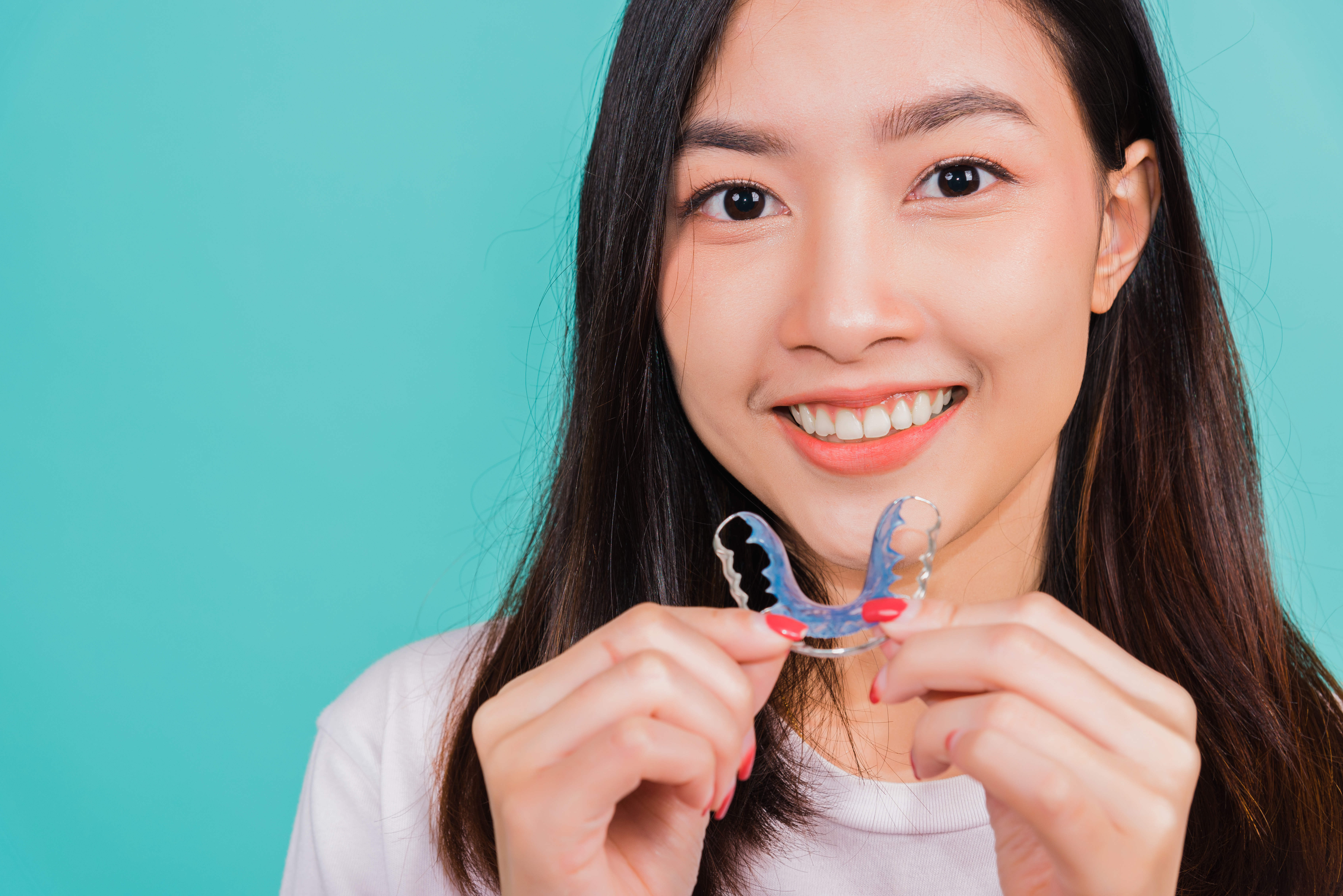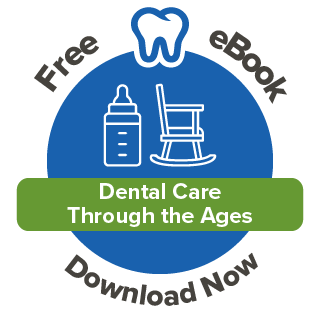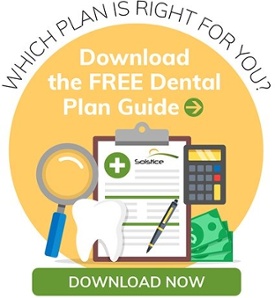By Tim Fitzgerald on Sep 2, 2021 @ 01:00 PM
When we think of DIY we tend to think of a long Saturday filled with sawdust and splinters. Luckily, when it comes to do-it-yourself orthodontic treatment, it’s not nearly so strenuous. DIY ortho treatment refers to at-home dental treatment using clear aligners to correct your bite to teeth alignment. But at-home orthodontic treatment has some downsides too. Here’s how it works – and some of the tradeoffs.
- How DIY Ortho Works: The treatment plans of DIY ortho services can vary, but for the most part they can be broken down into three basic phases:
- Information/Consult Forms: You will fill out forms that go over your medical and dental history to give the service an idea of what kind of treatment you’ll need and how long it will take to correct your alignment.
- At Home Impressions: After processing your initial paperwork, the service will likely send you a home impressions kit with a mold and instructions on how to take an impression of your mouth and bite. You will take impressions of your top and bottom teeth and then send the impressions back to the company.
- Aligners: From here the company will make sets of aligners based on your bite and begin sending them to you to wear. You will likely need to wear them at all times except when eating, drinking, or brushing your teeth – but instructions may differ from patient to patient. You’ll switch into a new pair of aligners every few weeks until your smile is corrected.
- The Risks of DIY Ortho: It sounds super simple, but according to dentists there are actually a lot of downsides to DIY orthodontic services, with the American Association of Orthodontics claiming these services create medical risks for patients. Typically, DIY orthodontic treatment is done without the consult or supervision of a dentist or orthodontist, which is a cause for concern for many dentists. But more so, there is a lot more to orthodontics than straightening your teeth. Many people have bite issues or problems with their jaw that require medical attention – and these health problems aren’t addressed or observed during DIY ortho.
So, what’s right for you? Well, we highly recommend that if you are considering DIY orthodontics you see a dentist or orthodontist and get thorough exams before making any treatment decisions. They will help you choose the best treatment for you and your overall dental health needs. If cost is a concern, make sure you have a quality dental insurance plan that covers orthodontics. To figure out what kind of dental insurance is right for you, check out our Dental Plan Selection Guide below and get your orthodontic care started today!





comments